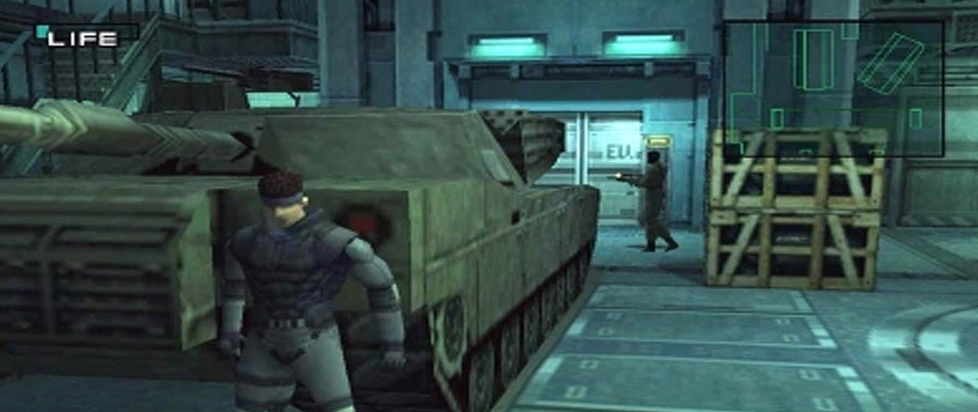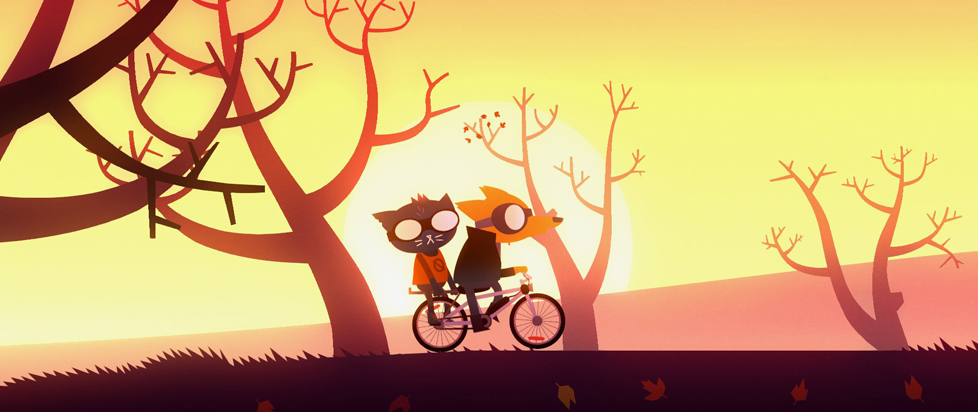
A Destructive Love Affair with Minimaps
This is a feature excerpt from Unwinnable Monthly #170. If you like what you see, grab the magazine for less than ten dollars, or subscribe and get all future magazines for half price.
———

The first few minutes of Metal Gear Solid on the Sony PlayStation sits in the pantheon of iconic videogame openings. A perfect blend of eerie choral music, the thrill of barely avoiding detection and the cinematic reveal of our hero Snake as he performs a strip tease in a lift. As the player ascends with alarm klaxons blaring, tensions are high and Snake sprints out of the lift, ready to take on some high stakes, tactical espionage action. Then, the forward momentum stops. The Codec call comes in. It’s time for some admin.
What comes next isn’t the longest Codec call or exposition dump in the history of Hideo Kojima’s career, in fact, not even the longest in the game. But after the pulse pounding tension of Snake’s underwater infiltration, stopping for a chat with management seems like a misfire. But what follows introduces one gameplay element that, for me, comes to define the following ten hours of gameplay. Staring at minimaps.
“The bright dot in the middle is you Snake.” An innocuous sentence uttered by Mei Ling, our resident tech expert, that has remained in the depth of my consciousness alongside Simpsons quotes and the lyrics to “Mambo No. 5.” Repeated to me so often whilst playing MGS on an early demo disc, I realized recently I can recite every quip seconds before the characters do. In this cinematic Mei Ling introduces the player to the cutting-edge military technology that is the Soliton Radar system. The radar doesn’t just render space, but more importantly, highlights guard placements and their fields of vision.

In a game where avoiding detection is one of the most pressing concerns, staying out of view of the roaming enemies is top priority. And so, as you play through MGS, your eye naturally shifts to the top corner of the screen and, if you are anything like me, that is where your attention stays. You ignore the carefully constructed arenas; the fancy particle effects and the carefully crafted character models. Instead, everything you need exists within a miniature world inside an already miniature world.
The Soliton Radar is meant to help players succeed; it facilitates the stealth gameplay. Checking the minimap, at least on the lower difficulties, is encouraged. It sits in the player’s periphery, allowing you to keep track of the blind spots that come from the semi top-down camera perspective. Kojima wants us to become reliant on technology, and I am almost positive that this early formative moment of my gaming history fundamentally changed my brain chemistry. I am now wholly addicted to staring at minimaps. It wasn’t until I was sitting playing the newest Bethesda megahit Starfield that I reconsidered my relationship with the minimap, and how this one element of the UI monopolized my thoughts. Even in firefights on alien worlds or tracking down an informant on a space station, I was glued to the minimap. My eyes fixed on that small corner of the screen. All I knew was that the red blip was to the right. And so, I pointed my gun right and fired, tracking enemies and running in the direction dictated by the orientation of the minimap. Without a single thought to where I was.

When I landed on a new planet I would beeline to the points of interests, never taking in the sights, space-hopping across what could have been arid deserts or lush jungle biomes, it made no difference to me, I just wanted to reach the next blip on the radar and collect those sweet experience points. That’s when I stopped and asked myself, am I even having fun anymore? I had lost that sense of adventure and discovery that comes with open world games. I wish I could say that I managed to work through my obsession with minimaps in Starfield, but instead I switched it off and moved on. Perhaps one day I will return to it, but when your patterns are pointed out to you, you start to re-assess them. I wasn’t playing the game; I was following an arrow.
Minimaps are everywhere, polluting many of the games that I have spent the most time with. As games got bigger, and their worlds got bigger still, the need for a constant map sitting on the screen at all times became more important as a tool for navigation. In some of the biggest titles of the past 40 years of game history, from the Borderlands series to The Witcher 3 to the collectathons of Ubisoft, minimaps point you towards the next point of interest. And like a big dumb idiot I would aim my cursor towards them and press W. Is the joy of discovery and adventure lost when all you do is stare at an infographic? Perhaps. It certainly removes the fear of the unknown. When you know exactly where the enemy is at all times, or the exact location to find the next upgrade, what good is wandering aimlessly? Or carefully edging to a corner to peek for enemies?
———
Jon Place is a visual artist and writer/researcher based in London, England. He writes about serious stuff like art, design and visual culture but also about fun stuff like comics and video games. You can follow him on Instagram @jonathonplace.
You’ve been reading an excerpt from Unwinnable Monthly Issue 170.
To read the article in its entirety, please purchase the issue from the shop or sign up for a subscription to Unwinnable Monthly!




